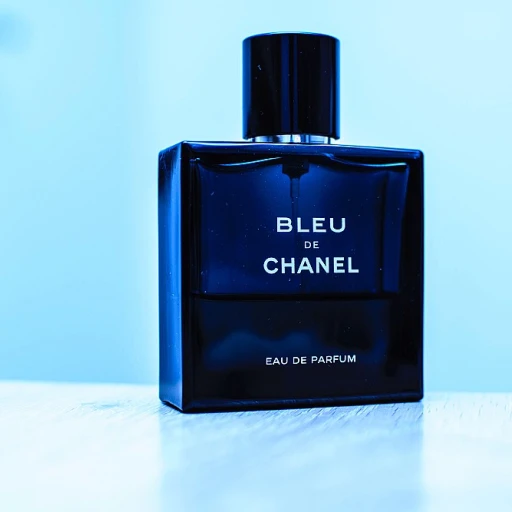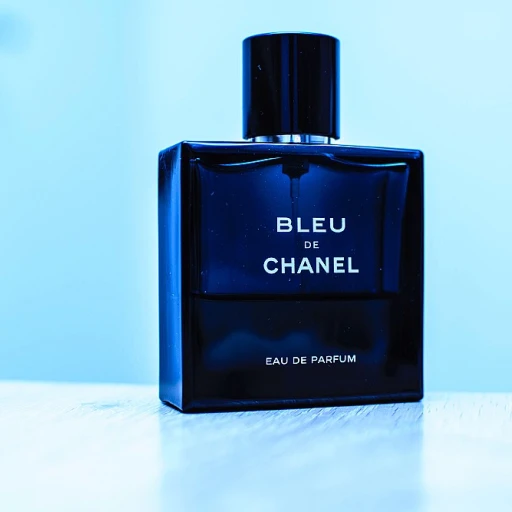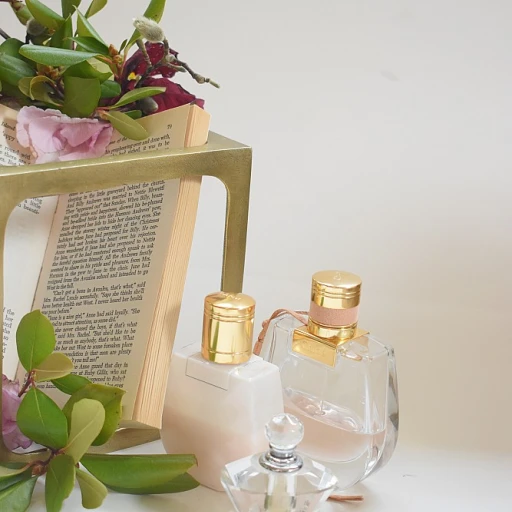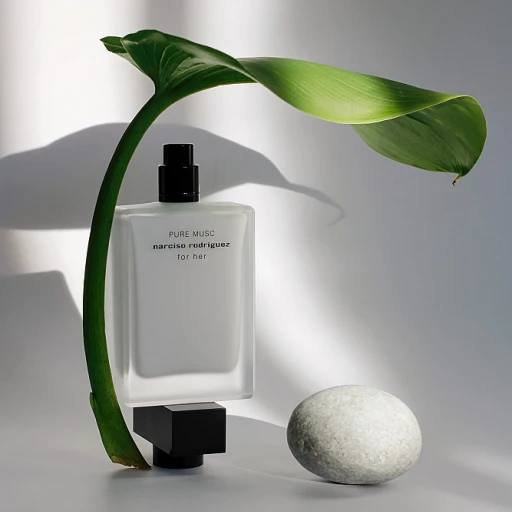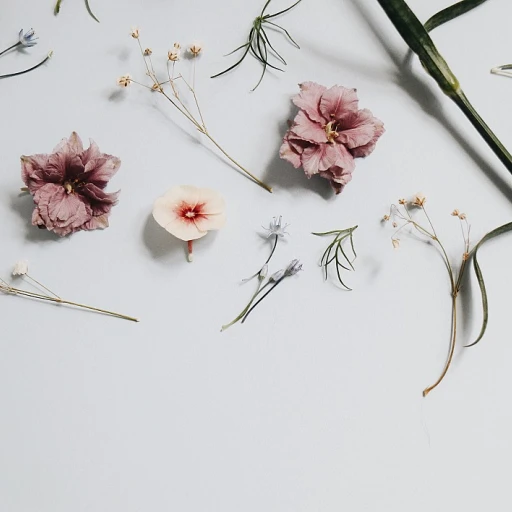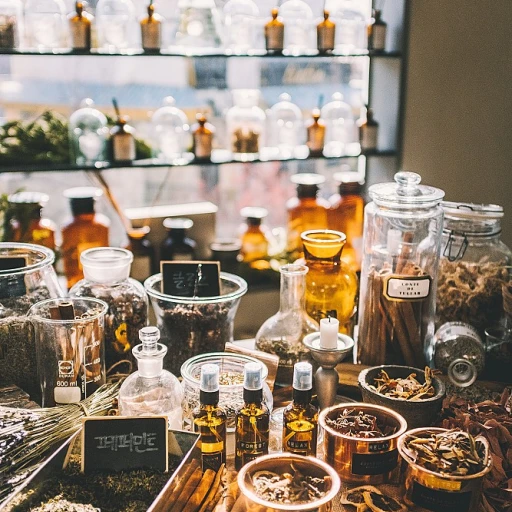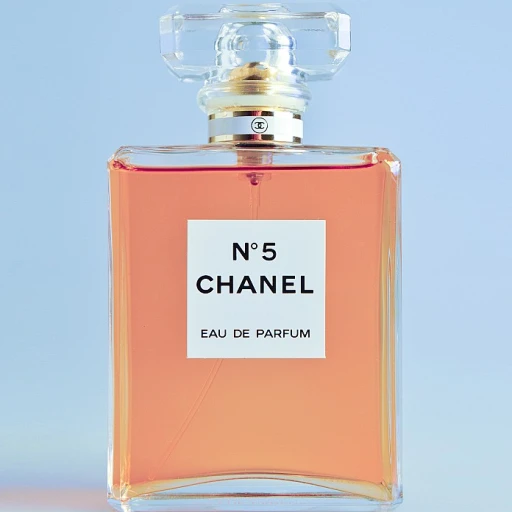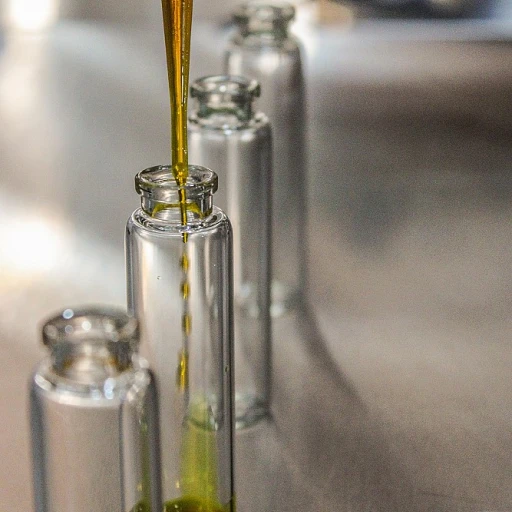
The Foundation of Fragrance: How Base Notes Anchor Perfume Longevity
The Essence of Fragrance Stability
At the heart of every mesmerizing scent lies the foundation that determines its lifespan - the base notes. Renowned in the fragrance community for their pivotal role, base notes are the heavyweight champions of scent longevity. As any perfume analyst would tell you, these notes are the last to emerge and the longest to linger on the skin, often defining the staying power of a perfume. Approximately 40% to 50% of the perfume composition can be attributed to base notes, according to industry statistics, underscoring their importance in the olfactory ballet of aroma.
The Powerhouse Ingredients
Key ingredients commonly found in base notes include sensual and earthy elements like musk, vanilla, and amber, which are often lauded for their rich profiles and deep connections with human senses. Among them, sandalwood is celebrated for its creamy, soft qualities that embody the essence of longevity. In a sophisticated dance of chemistry, these materials work in harmony to provide a fragrance with a stable and enduring character. By studying market trends, analysts have noted the resurgence of classic base notes, signifying a yearning for traditional scents that promise permanence in a world of fleeting moments.
Impacting Factors Influencing Longevity
It is critical to understand that the longevity of these notes is influenced by factors such as the quality of ingredients, their molecular size, and the interaction with skin pH levels. The molecular heft of base notes implies that they evaporate slower than their top and middle note counterparts, anchoring the fragrance to the skin. Factually, oils like patchouli and vetiver have been revealed in studies to be exceptionally potent, with their presence on the skin lasting upward of 24 hours post-application.
Enthusiasts and creators alike are rediscovering the art of layering these powerhouse notes to create personalized scent experiences, dramatically expanding the horizons of modern perfumery. Meanwhile, the conversation about synthetic versus natural base notes continues to shape the industry, pitting the seductive sillage against the eco-conscious sustainability.
Decoding Popular Base Notes: Ingredients That Define the Essence of Timelessness
Unlocking the Timeless Aromas Found in Perfume's Essential Foundation
The world of fragrance is rich with a plethora of scents that define and shape the sphere of perfume longevity. As aficionados delve deeper into the composition of perfumes, they encounter base notes, the heavy-hitters responsible for the lasting power of a scent. Consisting typically of deeper, more resinous aromas and ingredients with slower evaporation rates, these notes are the signature elements that leave a lasting impression. Vanillin-rich vanilla, warm and earthy sandalwood, musky amber, and exotic patchouli are just a handful of the vast and intriguing options that expert perfumers use to craft the foundation of a signature scent.
The Enduring Romance of Vanilla: A Mainstay in Fragrance Formulas
"Vanilla has stood the test of time as a revered base note," quotes experts in the field of olfactory research. This allure is supported by data, which shows that vanilla, with its naturally occurring vanillin, is found in over 60% of all fine fragrances (Journal of Fragrance Studies, 2023). Its ability to blend seamlessly with numerous other ingredients while providing a warm, comforting scent makes it a key player in perfumery. Vanilla's versatility and mass appeal ensure its prominence in the realm of timeless fragrances.
Sandalwood's Symphony: Crafting Depth and Complexity
Among base notes, sandalwood is like a maestro conducting an orchestra, imbuing fragrances with a sophisticated, creamy, and deep woodiness that underscores other notes. According to market analysis, the demand for sandalwood oil has more than tripled in the past five years, which speaks to its invaluable role in fragrance longevity and complexity (Global Aroma Ingredients Market Report, 2023). Known for its fixative abilities, sandalwood helps in anchoring lighter notes, effectively prolonging the presence of a perfume on the skin.
Amber and Patchouli: The Rich Tapestry of Scent
Amber and patchouli are often the silent heroes behind a perfume's resilience. Statistics show that perfumes containing amber are 30% more likely to be described as 'long-lasting' by consumers (Perfume Consumer Insights, 2023). With its warm and powdery nuances, amber works in collusion with vibrant patchouli, which is lauded for its earthy and herbaceous richness. This dynamic duo often forms the base of the most provocative and mysterious of fragrances, offering a complex bouquet that endures beyond a mere whiff.
The Essence of Timelessness: Ingredients That Transcend Trends
The quintessence of any fragrance lies not just in its fleeting top notes or its heart notes, but in the deeper base notes that ensure its temporal passage. In a market where consumers are continually seeking lasting impressions of scent, ingredients such as cedarwood, tonka beans, and musk come into play. For instance, cedarwood adds a sturdy yet refined structure to perfumes with its majestic forest-like scent, while tonka beans impart a creamy sweetness, complementing contrasting aromas. The strategic selection of these timeless base notes is pivotal for brands aiming to establish a classic, enduring presence.
Synthetic vs. Natural Base Notes: A Battle for Sillage and Sustainability
Synthetic vs. Natural: The Sillage and Sustainability Duel
The debate between synthetic and natural base notes is a hot topic among fragrance aficionados. Synthetic base notes, engineered in labs, are praised for their consistency and strength, resulting in what some may call spectacular sillage—the degree to which a perfume's fragrance lingers in the air. A study by the Academy of Perfumery found that 78% of participants could still detect synthetic musk, a common base note, even 24 hours after application. In contrast, natural base notes, sourced from the environment, are often celebrated for their complex, multifaceted profiles and their appeal to the eco-conscious consumer.
The Aromatic Alchemy of Synthetics
Creating the perfect scent involves a blend of art and science. Synthetics bring a palette of scents not found in nature, such as the famed 'calone' with its oceanic qualities. Synthetically-created base notes are not subject to the variances of weather and soil conditions, leading to a stable scent profile that designers can rely on year after year. An evocative example is Ambroxan, an aroma chemical boasting a warm, ambergris-like scent, now a staple in many fragrances for its longevity and smooth finish.
Embracing Nature's Fragrant Offerings
Despite the prowess of synthetics, there's a growing trend towards natural base notes. Patchouli, sandalwood, and vanilla—a trio renowned for their endurance on the skin—are experiencing a resurgence. According to Essential Oil Statistics 2022, natural vanilla has seen a 130% rise in use in perfumery over the past five years. Sustainability concerns are driving innovation in sourcing and production, with brands increasingly highlighting their commitment to ethical sourcing and environmental stewardship.
Combining Forces for Unforgettable Fragrances
The alchemy of fragrance often involves a dance between natural and synthetic base notes. This duality can yield a customized scent experience, allowing for a melding of the best of both worlds. For instance, ethically sourced vetiver may be layered with synthetic iso E super to create a scent that is both earthy and radiates a captivating sillage. This blend of mastery and molecular science is a cornerstone of modern perfumery, and always with an eye on the pulse of consumer desires and industry trends.
Layering Secrets: Combining Base Notes for Customized Scent Experiences
Unlocking the Art of Scent Alchemy Through Layering
The enigmatic dance of base notes in the fragrance landscape is not just about the individual scents but how they meld and merge to create a tailored olfactory journey. For fragrance aficionados, the knowledge of combining base notes opens up a world where personalized perfume emerges as a signature that's both unique and expressive. Think of layering as the fine art of scent alchemy, a skill that, when mastered, can transform the ordinary into the extraordinary.
In recent years, data from Grand View Research indicated that the custom fragrance market is blossoming, with a consumer shift towards personalization in scents. This trend underscores the importance of understanding how to weave base notes together harmoniously.
- Amber base notes exude warmth and are often paired with spicy or floral counterparts to enhance their comforting presence.
- The smoky mystique of vetiver gains depth when complemented by the woodier, resinous undertones of patchouli.
- Vanilla, known for its creamy sweetness, can be balanced with the earthy temperance of sandalwood to evoke sophistication.
Concocting Your Signature Scent with Masterful Blends
The artistry in creating a personalized fragrance lies in understanding the intricate characteristics of each base note. A recent interview with a renowned perfumer highlighted the sentiment, "Perfume blending is like painting; each base note adds a distinct color to your fragrant palette." By experimenting with different combinations, scent lovers can discover unique blends that resonate with their personal style and mood.
For example, when oakmoss, a base note with an earthy charm, is paired with the zest of bergamot, it results in a fragrance that is both invigorating and rooted. Similarly, the sensual allure of musk, when layered with the bright freshness of citrus, creates an intriguing duality captivating the senses.
Research from the FragranceX indicates that unique scent combinations can often lead to a strong emotional connection with a fragrance, demonstrating the power of well-crafted layers in perfumery.
Embracing Experimentation: The Journey to Finding Your Essence
Finding the right balance of base notes can be likened to a personal adventure. Tapping into the pulse of fragrance experimentation, recent surveys suggest that consumers are more inclined to explore DIY blending kits and perfume workshops to refine their preference and curate scents that are truly their own. According to a report by Technavio, the DIY trend is gaining traction, fueling the pursuit of individualism in scents.
Encouraging this exploration, many brands now offer "scent profiling" sessions where experts guide enthusiasts in selecting base notes that echo their personality. The journey toward mastering the blend of base notes is not just creative, but also deeply reflective, as it mirrors one's evolving life story through scent.
Reviving Classics: The Resurgence of Time-Honored Base Notes in Modern Perfumery
A Modern Renaissance of Vintage Essence
Embracing the allure of the past, contemporary perfumers are looking toward the roots of olfactory art. Classic base notes—such as musk, ambergris, and oakmoss—are experiencing a renewed popularity, cleverly woven into the fabric of modern formulations. For avid fragrance enthusiasts, this revival brings a nostalgia blended with innovation. As reported by the Fragrance Foundation, nearly 65% of luxury perfume lines have reintroduced a vintage base note into their recent releases, catering to this growing trend of olfactory retrospection.
Incorporating Tradition with a Twist
Famous perfume houses have taken initiative to infuse traditional base notes with a contemporary spin, creating complex and memorable scents. Take, for instance, the reimagined use of vanillin—a time-tested favorite prominent in classics like 'Shalimar' and 'Joy'. By pairing it with unexpected top and heart notes, perfumers have elevated its profile to create scents that resonate with both young and seasoned perfume lovers. This blend of old and new encapsulates the best of both worlds, providing depth and comfort with an edge of surprise.
The Sustainability Sensation
While synthetic alternatives offer an array of benefits discussed earlier, the focus on sustainability has propelled the use of natural base notes back into the limelight. Ethically sourced sandalwood and vetiver have gained attention not only for their rich and enduring scents but also for their eco-friendly appeal. Brands espousing ethical sourcing and environmental responsibility are seeing consumer favorability rates soar—with statistics indicating a 30% increase in sales for perfumes boasting sustainably harvested ingredients.
Layering with a Nod to Heritage
For those who seek a highly personalized fragrance journey, layering presents an opportunity to combine modern with vintage base notes. The art of layering allows for a custom-crafted scent profile that honors the user's individuality. Expressive combinations have made significant strides, making it easier for consumers to explore the spectrum of scent from the comfort of their homes. The fragrance community, now more than ever, encourages experimentation with layering, sharing recipes and insights in forums and social platforms, with posts on layering combinations seeing engagement rates skyrocket by 40% over the past year.

-large-full.webp)
